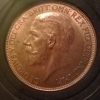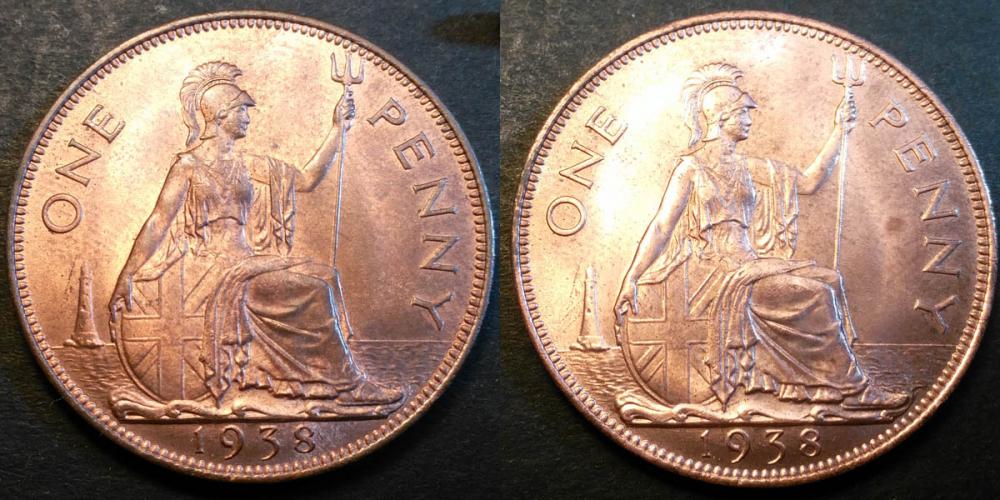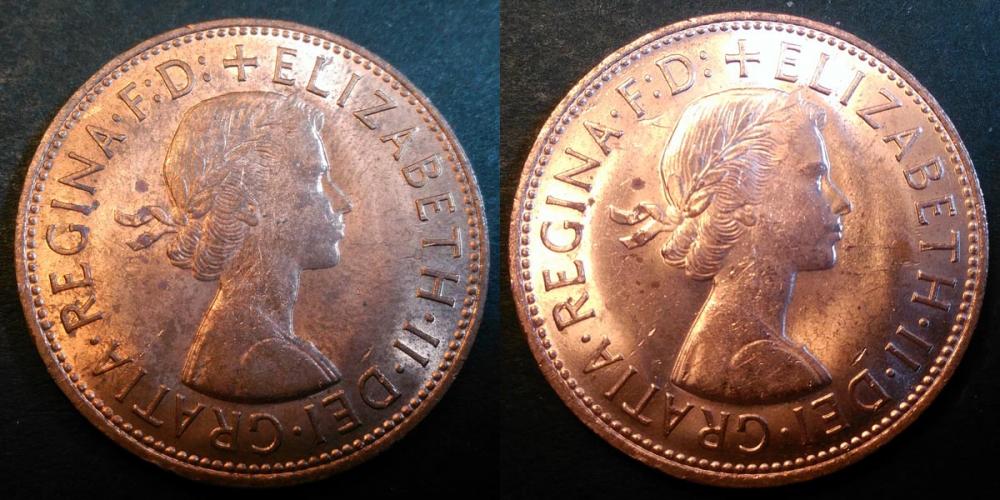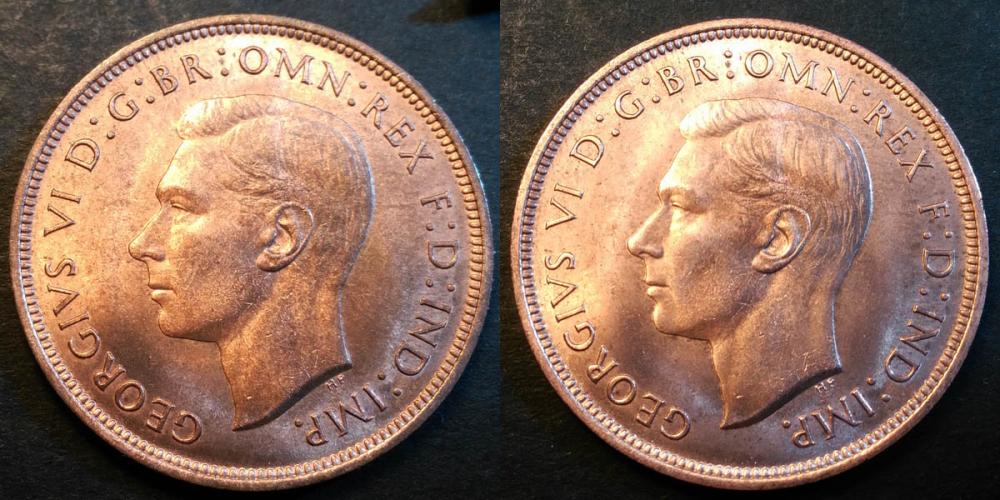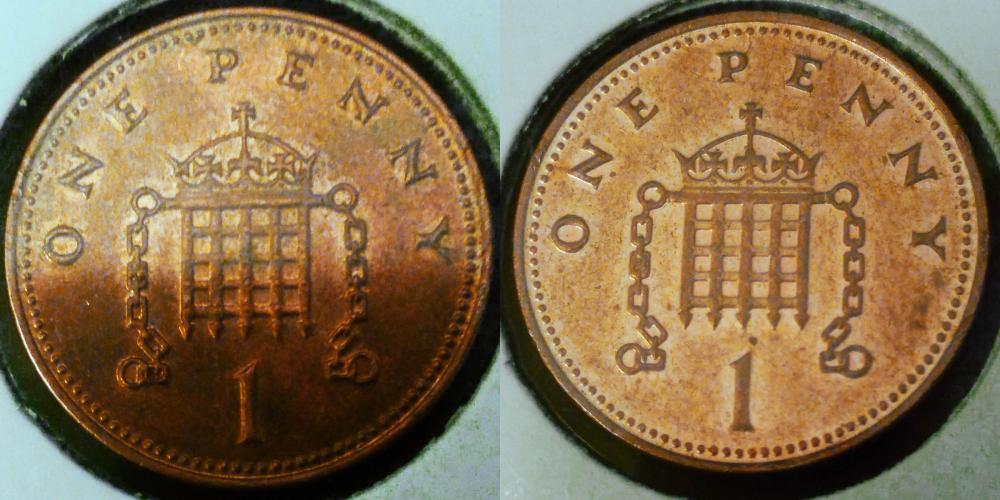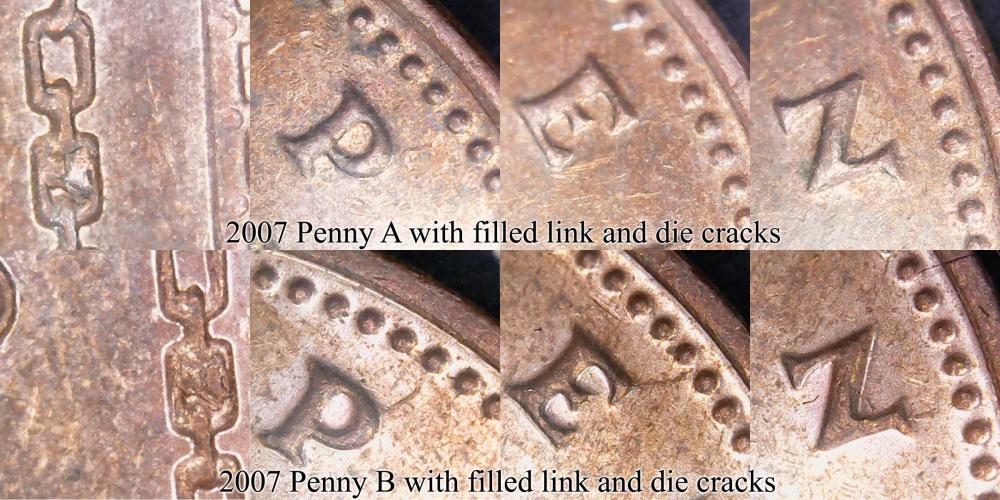-
Posts
611 -
Joined
-
Last visited
-
Days Won
17
Content Type
Profiles
Forums
Events
Downloads
Store
Gallery
Articles
Everything posted by bhx7
-
Think I agree. The silver proof coins I did to remove finger prints worked brilliantly and I think this is probably the only thing I would use this product for. Think it works better with silver products, bullion coinage, etc...
-
-
Thought I would try this stuff out to see if it actually works and what kind of results it can give. Obviously I wouldn't want to try it on any expensive coins so I used a couple of pennies I have quite a number of. The first was on a 1967 penny. The penny had a reasonable lustre although there were some evident fingerprints and some slight tarnishing starting. I used it as stated; 5 seconds followed by placing the coin under running water to stop the process and remove and remaining dip. The appearance of the coin was improved but I also noted that it was a very slightly lighter colour than a comparable 1967 penny. Also that a number of small dark patches which had not been visible previously had now appeared. I did note that looking under a loop that these patches seemed to have showed up where slight verd patches had been, some not previously visible. My next test was with a 1938 penny. Again it had reasonable underlaying lustre but was dulled and the surface not overly attractive, especially on the obverse. Thinking about the colour change of the 1967 penny I only dipped the 1938 for 3 sceonds. Again it made a slight improvement with the lustre and removed some of the dulling and parts of the slight fingerprints. However I did notice that it once again brought out marks not previously visible as well as highlighting defects, possible due to removing excess build up of grime, etc. (See the slight gash at the bottom of George's neck). There was still a slight colour change but not as apparent as the 1967. I did remove a couple of minor fingerprint marks from some silver proofs which I had. It did these brilliantly without damage. The photographs all show before then after.
-
Will have a look at that.
-
Thanks Rob, totally missed that section! Got them now Cheers Brian
-
Trying to find how many Uncirculated sets were sold from 1982-2002. The figures for 2003-2013 are documented on the RM website. Also wanting the year standard Proof sets from 1971-2002. I know the mintage figures must be somewhere but just can't find them. Any help appreciated. Thanks Brian
-
I noticed the same radiating lines on the 2015 20p as well. No one seemed to think anything of it. There are quite a few listed on the Bay, so don't think its rare. Maybe worth keeping a hold of as an oddity.
-
Could the first 5 not be over a partial 3. Can't seem to attribute any other numeral.
-
I also have both types of proof penny for 1973 and 1977 and only type b for 1974 and type c for 1976 all of which are just the high gloss proof. The next I find with any Frosted finish is the 1980 set which shows frosted finishing on both sides of all the coins.
-
Dave G makes a note of the different ones and serifs in his book but don't think he had anything about frosting or bead count. I have done a quick count and you are right there are more beads on the standard type (Grooms reverse B ) , 110 in total. The first one which I have found frosted (Grooms reverse C) has 109. Here is a pic of the 2 straight on.
-
Here is a close up of the "1" and also some of the portcullis **The photos do not do either coin justice. Both are proof with no toning and mint state. Just not good at catching proofs, especially not the standard 1970's proof finish!!!!
-
-
I have had the same problems as I am shooting through the plastic. Here is a photo of the frosted proof penny in my 1975 set. Also note the "1" and its width toward the border beads.
-
Frosted is where they have used an acid etch to the surface of the design to enable the design to stand out against the mirror like ground. The normal is just all glass like. I will try and take some photos and see if I can capture the differences. Cheers Brian
-
Didn't want to say Ian but found a few more
-
I have rechecked all my other sets and it is only the 1975 reverse penny and half penny which are definitely frosted. But my other set is the normal high gloss 70's proof reverse. Would be interested to see if other members have the same in their set.
-
I thought the same as you Rob.
-
Peculiarly I have found some frosted proofs as early as 1975. I have two 1975 proof pennies 1 has the reverse frosted the other is not. The half penny from the first set is also frosted on the reverse.
-
I have a query about frosting on proof coins. Does anyone know when it officially started being used in the UK Decimal Proof sets. Not sure if this has been asked before but doing a little extra research and it will help. Thanks all
-
I get mine from Andy Harrison at Coingallery.co.uk. He also sells through EBay and Amazon as andy-jack and Andie's Antiques Just had a look and think Chris our forum host also sells the trays in his shop.
-
I grabbed a few from my local Lidl this morning. Will be sending off to get some 2x2 trays to hold my quadrum cases. I also put an extra tray in so they can me carried about without the coins being dislodged. Will us the other trays for my coin cabinet project.
-
Lovely coin Pete. Hope someone takes your hand off.
-
I have a couple of bun heads with nice purple hues. Maybe the reason. Didn't know that one Pete. The coins are still very nice so are still keepers, but know for future reference. Cheers
-
-
I thought I would start a new topic as I have been posting quite a bit across the boards on Errors and Variants of the modern Decimal Penny. I started to put together a concise set of pennies a few months ago as an add on to my pre-decimal penny colection. I also took inspiration from Dave G's decimal penny survey done back in 2013 and have used that as a starting point. I have found quite a considerable number of new varieties and also some nice anomalies. This first post is one such anomaly. I have found two 2007 pennies both with a filled link in the portcullis chain. The two also have identical die cracks coming of the P, E and first N of PENNY. I know that i once read a post were Rob was able to calculate the amount of effected coins that could have possibly come from a defective die. Would love to know if it is possible to do the same with modern decimal pennies. Anyway here are a few pictures. Coin A shows the errors the least and the pictures dont show the errors as well as a Magnifying glass. Coin B shows the die cracks and fill much clearer

